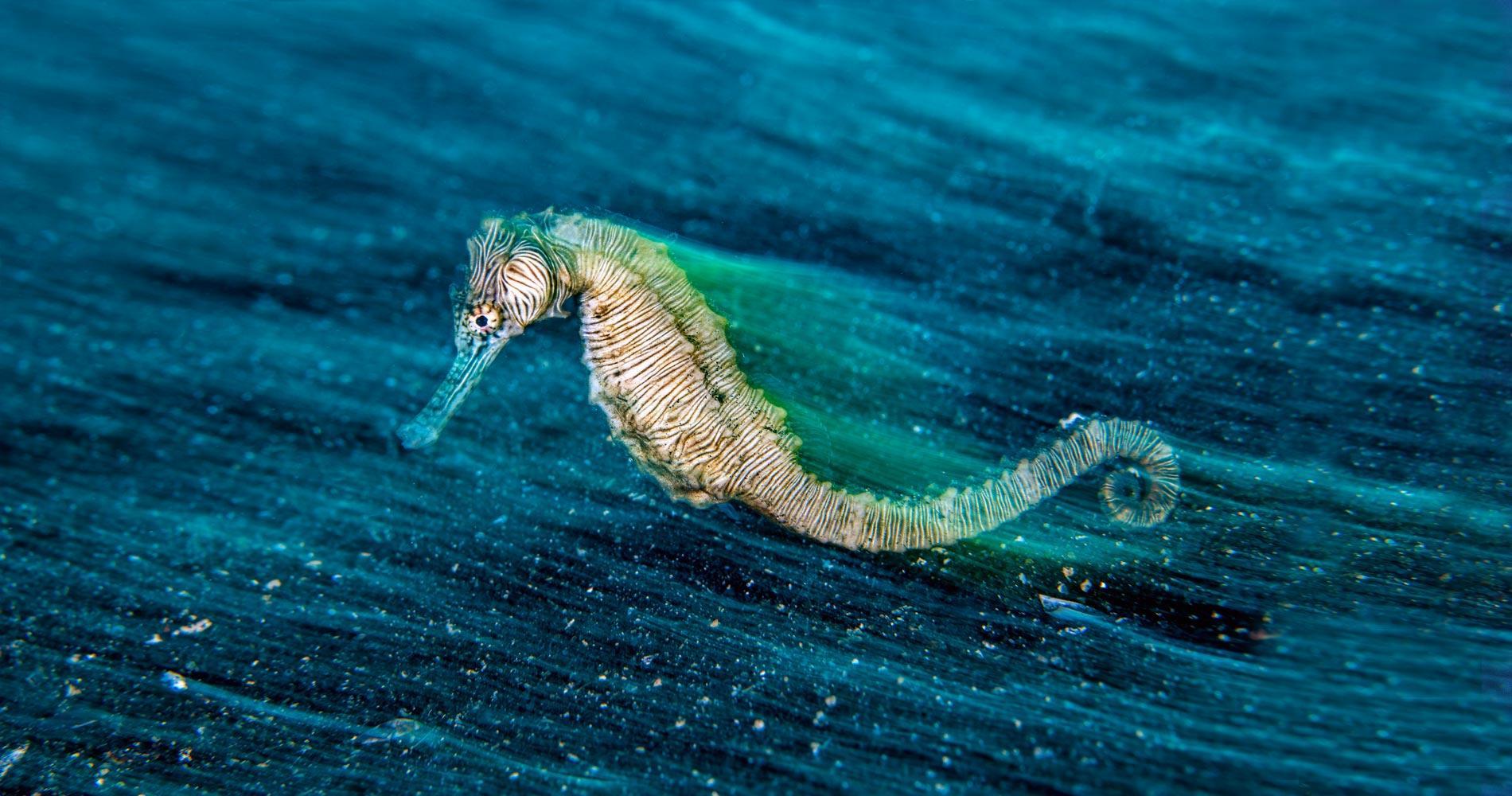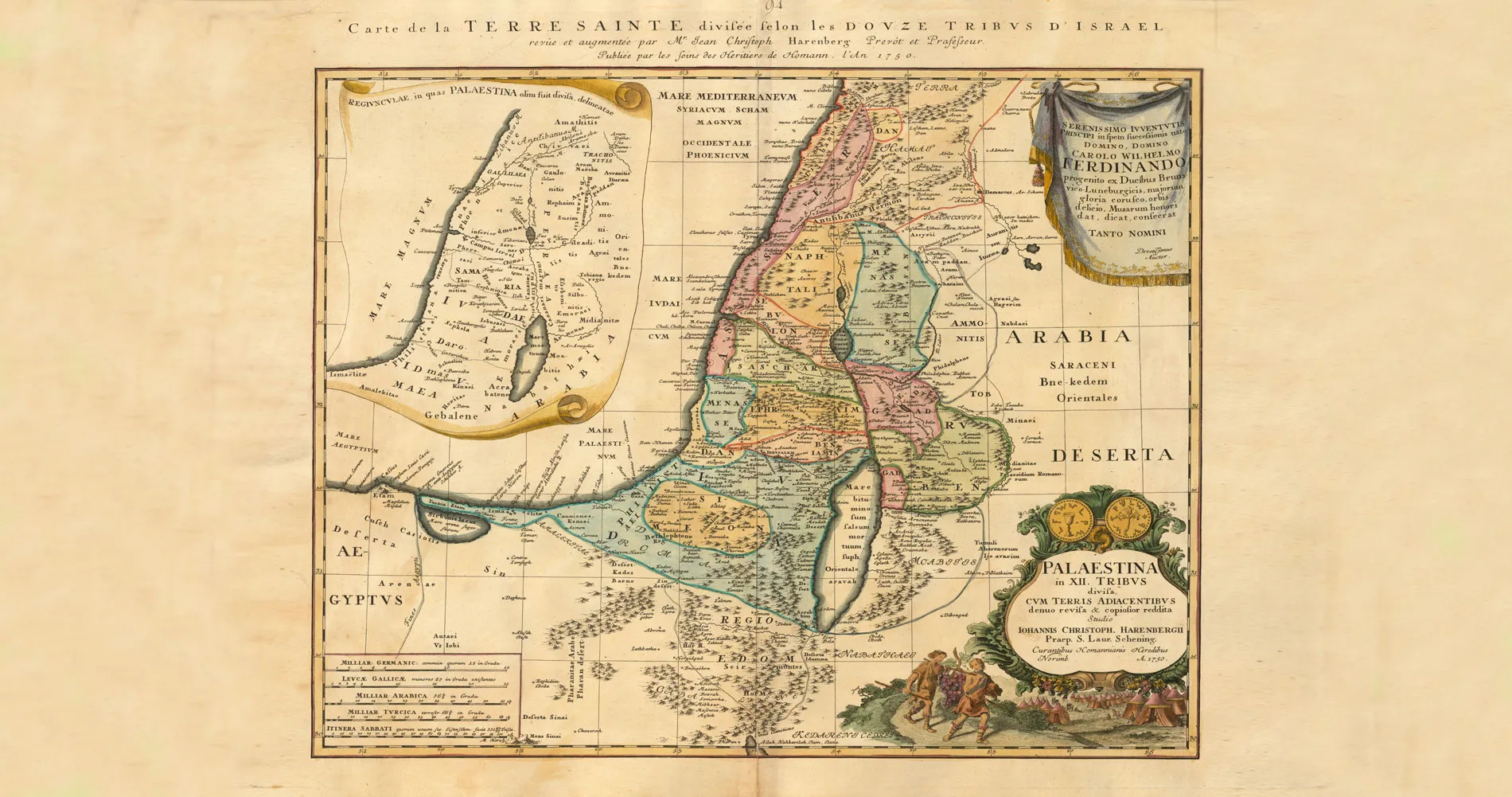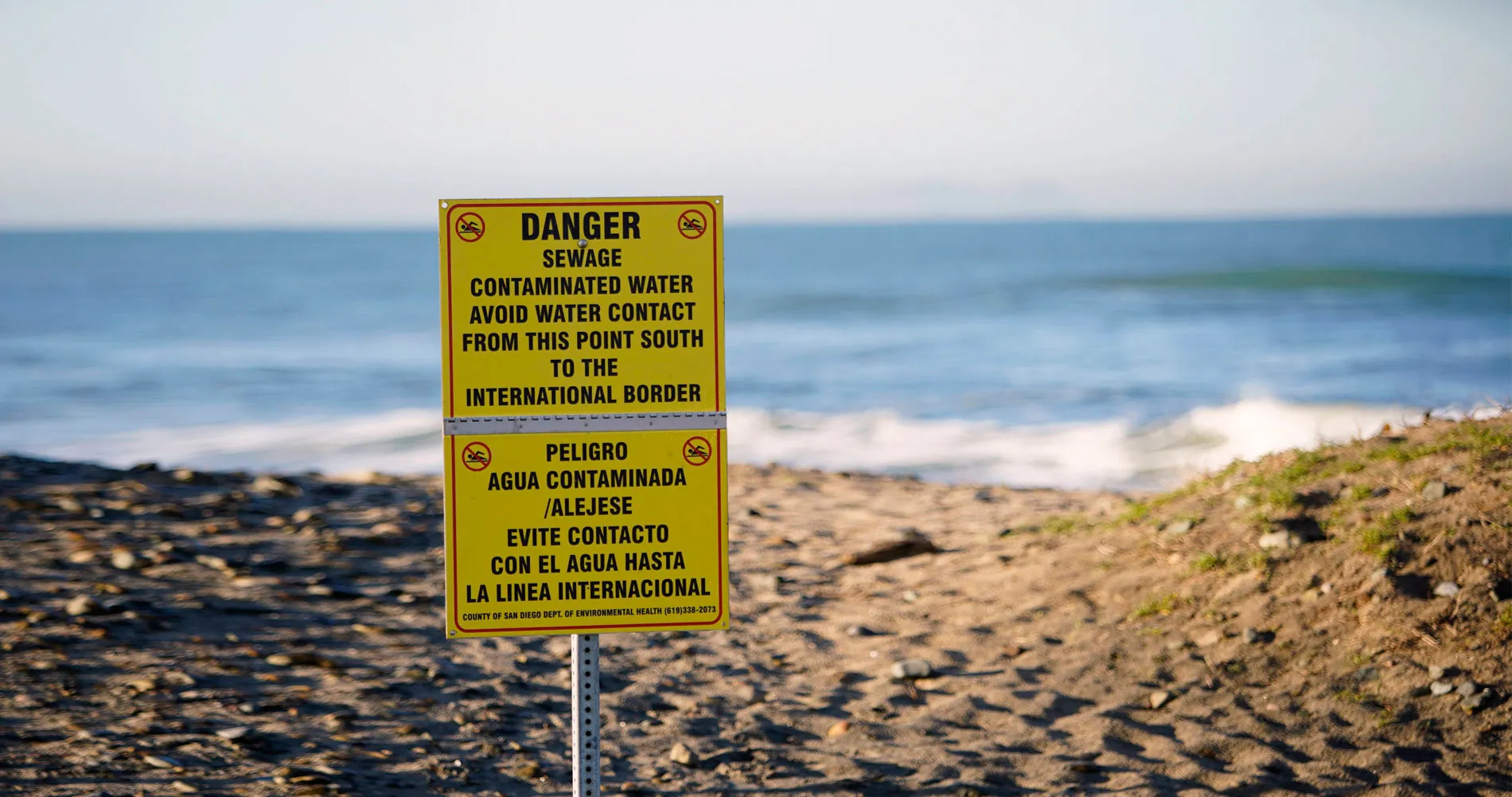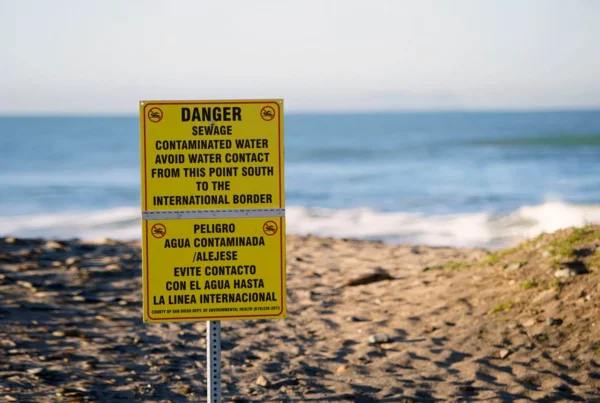Seahorses have existed for 13 million years. The main factors contributing to their impending extinction are climate change, trawling and traditional Chinese medicine (TCM). The Panama meeting of the Parties to CITES held in November 2022 did not increase the protection for the seahorse. So far sustainable trade under CITES is doing little to protect these mythical creatures which will disappear from our planet in less than 20 years if not more is done to protect them.
Yegor Shestunov
6 February 2023
Chinese version | German version | Spanish version
The nineteenth meeting of the Conference of the Parties of the Convention of International Trade in Endangered Species of Wild Fauna and Flora (CITES), aimed to protect endangered species of plants from dangers resulting from international trade, took place in Panama from 14 to 25 November 2022. Since entering into force in 1975, the Parties to CITES gather in regular intervals to revise, improve, and update the Convention which aims to protect more than 5 800 fauna species, and more than 30 000 flora species. Yet CITES will prove to be too little too late for the seahorse unless the international community does more to protect these tiny marine sea creatures.
Seahorses are extraordinary creatures. They swim vertically and unlike most other fish have an exo-skeleton. They move their eyeballs independently like chameleons and are the only animals in the entire animal kingdom where the male becomes pregnant. For seahorses finding a mate can be very arduous, as they are poor swimmers. Losing their mate has disastrous repercussions as most wild seahorse species are monogamous and have been known to die of grief after losing their mate. Seahorses are also sadly worth their weight in gold.
These amazing tiny creatures have occupied our planet for over 13 million years, but may disappear within 20 years unless severe measures are taken to protect these animals. Their marine habitat is under attack due to coastal development and coast-based deforestation that causes sedimentation and siltation. Changing ocean and sea temperatures cause coral bleaching, which is their natural habitat. General toxicity of the ocean is on the rise leading to water pollution. This affects all marine creatures including the seahorse.
In an attempt to prevent the almost inevitable, seahorses were the first marine fish species added to Appendix II of CITES in 2002. Appendix II lists species which are not necessarily imminently threatened with extinction but could become so if trade is not controlled. CITES Appendix II requires that trade in these species is legal, sustainable and monitored. Unless an export permit is deemed to be detrimental to the survival of the species, an exporting country may grant export permits for species on Appendix II.
Next to climate change, the fishing industry and overfishing is playing a central part in the looming extinction of the seahorse. Trawling, a method of fishing where large fishing nets are dragged across the ocean floor behind the boat, does not only threaten seahorses, it destroys entire eco-systems on the ocean bed, causing coral reef shattering. Destroying coral reefs also removes the plant life such as seaweed which plays an important role in the marine food chain. Trawling is often linked to an overall decline in the fish population and loss of marine biodiversity. While trawling does not target smaller creatures like seahorses, they very often end up as bycatch – resulting in unwanted seahorse deaths. By destroying their habitat, trawlers are killing entire seahorse populations.
But climate change and trawling are insignificant when compared to the third most significant cause of the looming seahorse extinction, the illegal mass trade of exotic wildlife, of which dried seahorses make up a very major part.
Seahorses are harvested in staggering amounts, and very little is done to stop illegal trade. It is estimated that around 20 million seahorses are captured annually from the wild; the overall number of seahorses obtained as bycatch exceeds 40 million. The vast majority of seahorses caught by illegal fishing activity enter the illegal trade. The reason for the enormous and growing demand for seahorses is their use in traditional Chinese medicine (TCM).
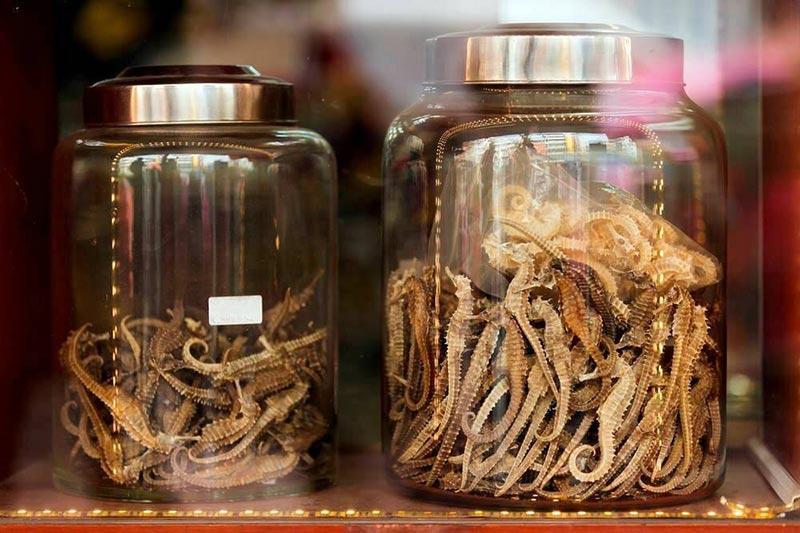
Seahorse in Chinese drugstore (January 2021) © IMAGO / agefotostock
Seahorse shipments are consistently wrongly declared to avoid detection and local authorities of exporting countries often do little to stop the illegal trade. Despite their protected status millions of seahorses are drying on the streets of Hong Kong. The number of seahorses sold as souvenirs are miniscule when compared to the wholesale of dried seahorse for use in TCM. A quick internet search reveals hundreds of wholesale seahorse offers by kilogram, ranging from around 15 kilograms to a ton.
The wholesale of seahorses is due to their use in traditional Chinese medicine. In traditional Chinese medicine, sea horses are believed to treat asthma, throat infections, insomnia, and pain and to treat male sexual dysfunction, including premature ejaculation and impotence. Approximately two thirds of all seahorse sales take place in Hong Kong with overall seahorse sales steadily growing in China, Indonesia, and Taiwan. Although the scientific data supporting the medicinal effects of dried seahorse is disputed, the demand for these tiny marine creatures is growing exponentially without regard to their imminent extinction.
Regular reports of seized seahorse shipments give an idea of the magnitude of the illegal international trade. Despite export bans and the conservation status for seahorses, it is estimated that almost all dried seahorses in Hong Kong have been imported despite the export bans because of lack of necessary enforcement and control measures.
What can CITES do stop the import and export control failures?
CITES is very limited as a conservation tool as it has not established a mechanism to influence and monitor supply and demand. CITES cannot replace existing control mechanisms and local enforcement measures. While CITES may provide a framework for protection, if resolutions and trade restrictions are ignored by importing and exporting nations the black-market trade will flourish.
To be fair, there is evidence that CITES made a difference in live seahorses trade. According to Project Seahorse, almost all live seahorses in international trade are now captive bred.
The trade of dried seahorses, on the other hand, remains at an all-time high. The mere fact that a species, like the seahorse, which is listed on CITES Appendix II, can be bought and sold online in bulk and shipped across multiple international borders, is shocking and should not be allowed.
Why has the seahorse, which deserves to be on the endangered species list, not been given top protection under CITES by including it on Appendix I? Appendix I lists species and plants that are in danger of extinction. All international trade in these species is prohibited except for non-commercial use (see Article III), for instance for scientific research. Could it be that the international community and business interests have bowed to Chinese pressure?
In order to expose the true extent of the illegal seahorse trade marine biologist Kealan Doyle, also known as Seahorse Man, went undercover to China and Indonesia for an award-winning 2013 Netflix documentary. “This isn’t a decline, but rather an absolute decimation of a unique creature which has been around since dinosaurs roamed the earth. In less than 20 years’ time, they will be wiped out forever.” Doyle calls for the illegal seahorse trade to be “dramatically reduced”. Conservation efforts need to be ramped up and new viable methods to farm seahorses need to be developed. Farming seahorses will allow nature to recover and reduce overfishing. Raising public awareness for conservation and developing new technologies for seahorse farming will give nature a chance to recover and hopefully save the seahorses from extinction.


